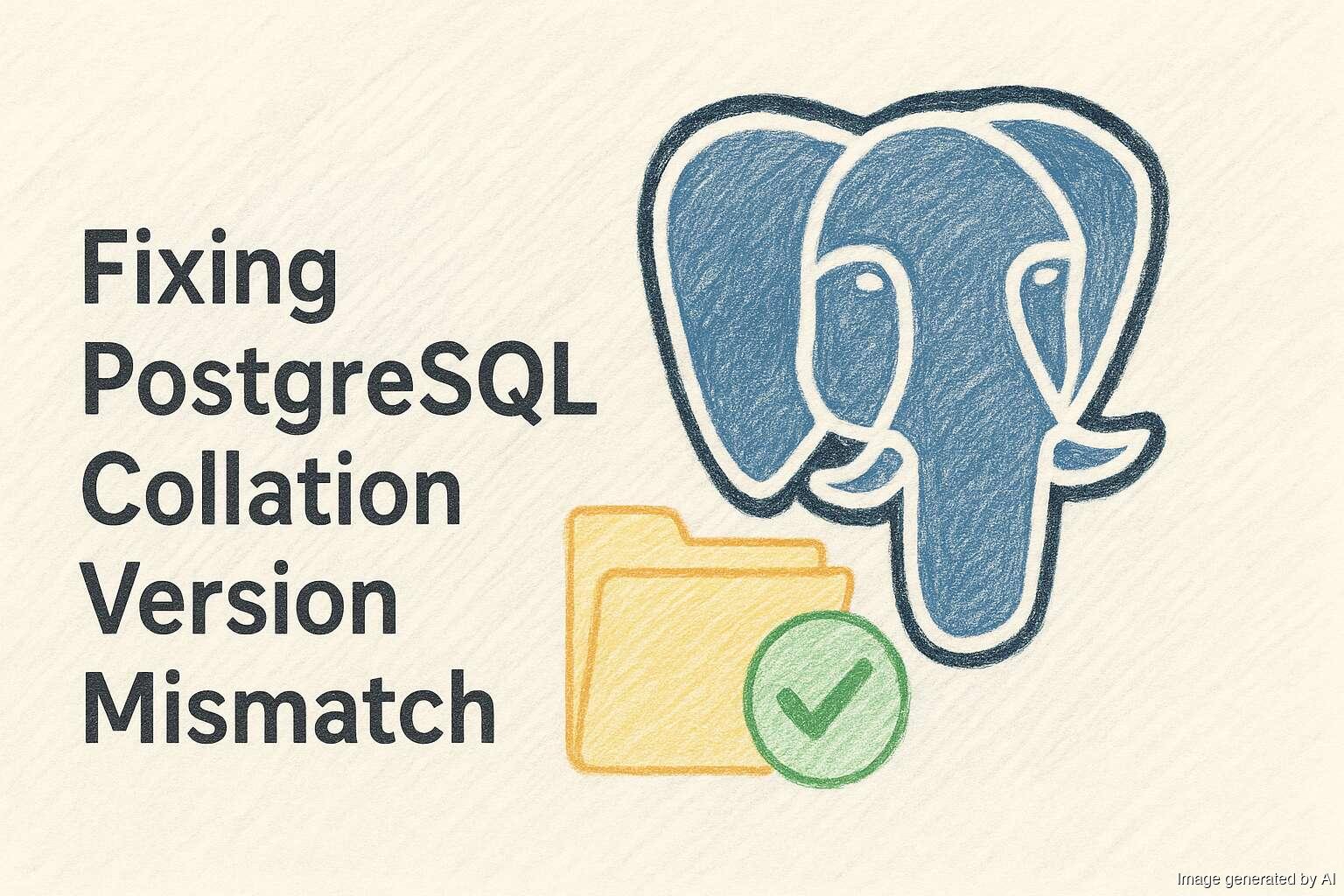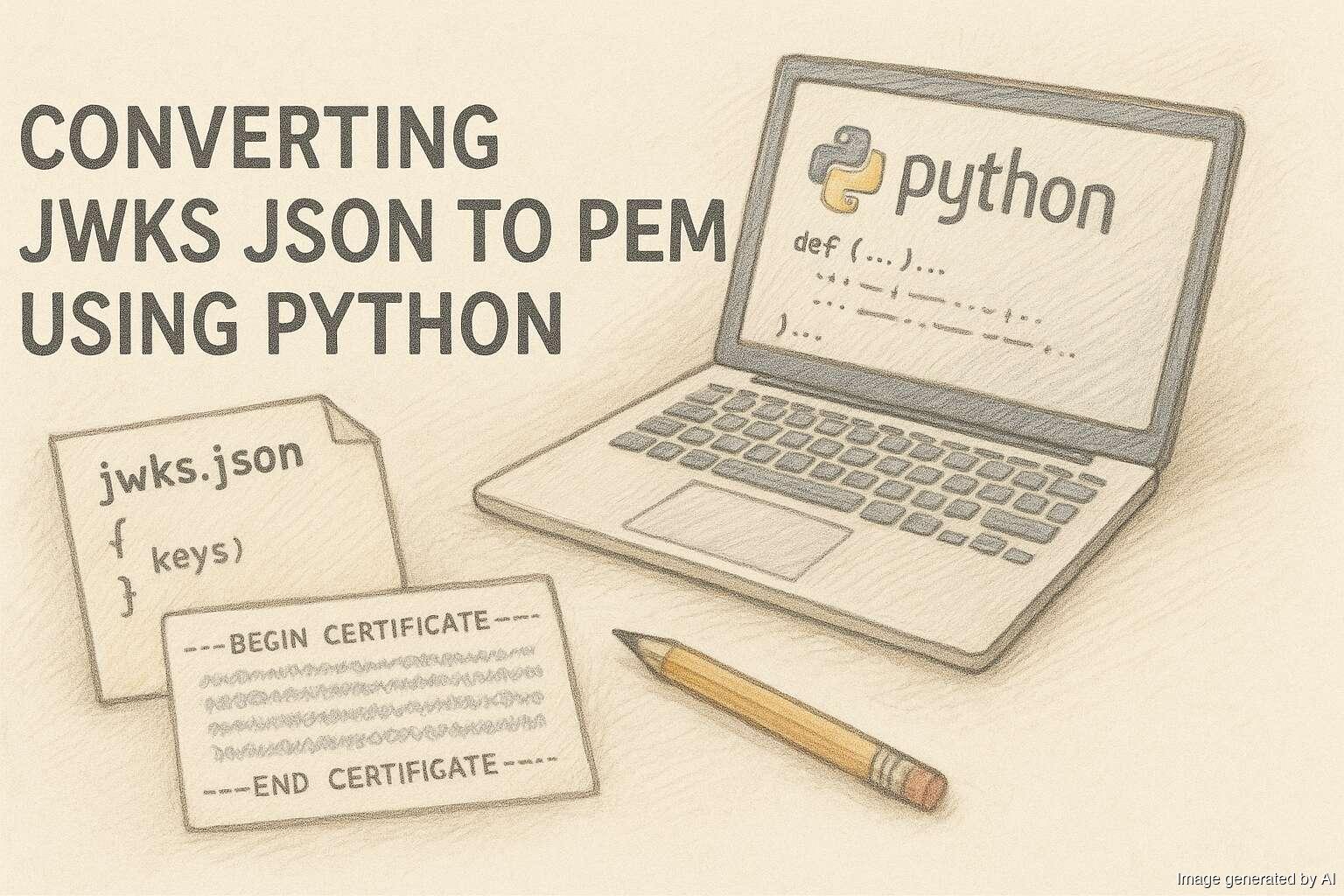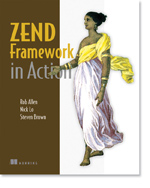IPTC export changed in Photos for macOS 26 Tahoe

I've recently upgraded my MacBook Air to macOS 26 Tahoe and one thing I noticed was that Rodeo's rules were no longer working. With the help of exiftool, I worked out that when exporting to JPEG from Photos for macOS 26 Tahoe, the Object Name, Caption-Abstract and Keywords IPRC properties were no longer being populated. This is a regression from macOS 15 Sequoia. This is the data from exiftool. Output from macOS 15 Sequoia: $… continue reading.











